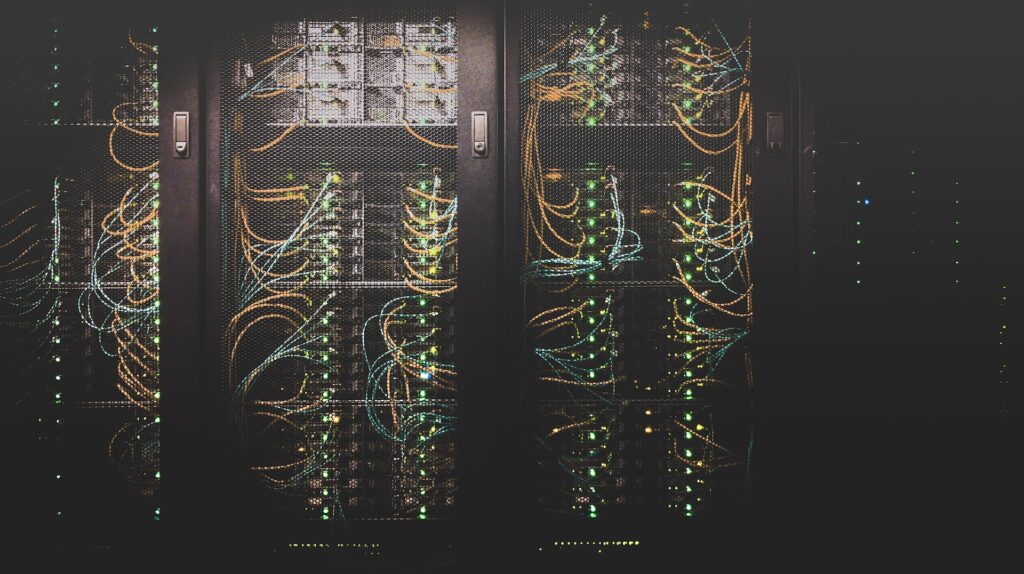
Flickr User: Queen’s University
Students graduating high school and heading to college are a part of the millennial generation. They grew up with evolving technology. It is often a necessity over privilege. In years past, college students went to the school library to wait their turn at the typewriter. Then it was the desktop that took forever loading each page with DSL. Now, it is no rare instance for a college student to arrive on campus with a laptop, cell phone, tablet, MP3 player, and gaming system. Woah! Colleges know and expect this. Instead of fighting this revolution (harken back to the days of “no cell phone in class”), they embrace it head-on. We’ve rounded up some of the ways education, specifically college, are embracing technology in the classroom.
Online Learning
This has been one of the most revolutionary points in merging education and technology. It would have been hard to imagine long ago that you could take a class where you weren’t even in the same city, state, or country it was being hosted. Thanks to the all mighty internet, that is a very real and prevalent option. This is often referred to as “distant learning” and millions of students take advantage of this learning avenue. The National Center for Education Statistics estimated that in Fall 2013, there were 5,522,194 students enrolled in distance learning courses at degree-granting postsecondary institutions.
There are a variety of ways these classes are delivered. Some post their pre-recorded lectures, materials, assignments, and tests online and everything can be done remotely. Some require testing at an in-person proctored site. Others can “Skype In” options where you have class virtually, but in real time. While some argue distance learning is not as effective of an experience as online, it is certain that the convenience reaches more students and that is definitely a good thing.
Clickers
If you are a college student, you have probably heard of or used a “clicker.” What is that, you ask? It is a small remote device where instructors can post material, often questions, students press their answer on the clicker, and the technology registers the answers and creates a poll. Each clicker has a unique ID and teachers can use this identifier to award points for corrects answers or mere attendance. One of the leading companies of these clickers is Turning Technologies. Another new system is i>Clicker. It operates under the same model, but can be run through an app on your phone, eliminating the need to buy the clicker. The use of this technology can boost engagement, hold students accountable, and improve learning.

Personal Devices, One to One
Many high schools have adopted a one to one model. This involves purchasing devices (iPad, laptop, Surface) so every student has their own. It creates a more digital learning environment with endless resources. There are many critics and supporters of it. Many schools have mixed reviews on the effectiveness and if the benefits justify the costs. The simple answer is, it doesn’t solve a problem. A school doing poorly on performance will not magically be improved by instilling the one to one policy. If a school adopts this, new infrastructure, development, and curriculum will need to be installed. Does the school have plans for that? If not, it could lead to students having more screen time and less learning
Email may be an innovation where the amazement has worn off, but is still important. Students have widely expanded capabilities of communicating with teachers, staff, and fellow classmates. Instead of finding time to get to their teacher’s classroom for a simple solution, they can email them. It also teaches them writing etiquette and how to develop written communication skills.
Smartboard
A smart board is a whiteboard designing to be interactive through the use of touch detection. It has a built in web browser and screen sharing. The numerous benefits to this type of technology include increased engagement, the power of touch, media flexibility, and increased learning.
Social Media
Social media is an integral part of our society. Businesses thrive or die by it. News is at the tip of your fingers. Colleges recognize the importance of social media and use it in a variety of ways. Many colleges have blogs. This is great for prospective students because it gives you an authentic sense of their culture. Their Facebook, Twitter, and Instagram should also give you a glimpse into life on campus and help you decide if you can envision yourself going to school there. Another interesting use of technology is how lecture halls use Twitter. In a lecture hall with many students, certain classes have set up their own Twitter accounts. Students can tweet their questions to the specific class Twitter and others can answer. While this runs the risk of distraction, this is an excellent use of technology to promote learning
Safety Alerts
While this isn’t directly related to learning, it is a new way of using technology to spread news. Many college campuses send campus alerts that involve crime, weather, or other related incidents to their school account and phone number. This way students can be more aware of their surroundings and take action to protect themselves.
This is certainly not an exhaustive list of ways education and technology is merging. Comment below what your favorite tool is to incorporate technology in your learning!





